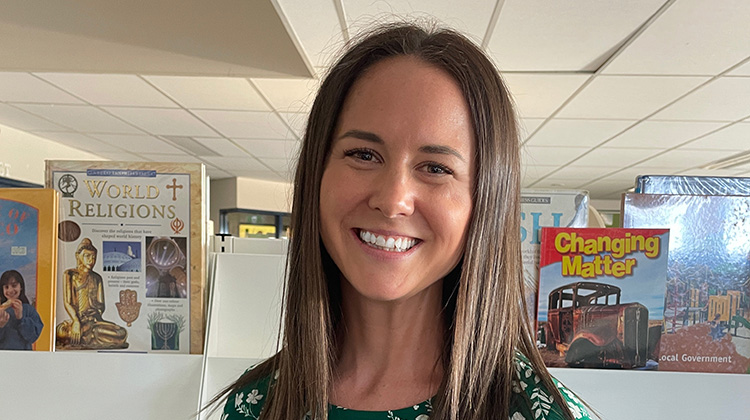The new (virtual) reality of teacher placements

The teaching placement is a rite of passage and an essential part of teacher training and while the pandemic could have stood in the way, technology has helped to overcome.
Teaching students, like working teachers, have been forced to pivot between face-to-face, online and now virtual teaching.
Swinburne University of Technology and Swinburne Online supported more than 1,200 remote pre-service teacher placements with schools in the last 18 months in addition to over 1,200 early childhood on-site placements.
Student teachers at Swinburne combined Zoom lessons with face-to-face placements and virtual reality sessions which, if anything, gave them a lesson in being flexible.
Swinburne Online’s award-winning simulation service built on Mursion Virtual Reality (VR) software, is a mix of VR and specialist actors presented as avatar children across all ages. Providing real-time responses, the simulation immerses teacher education students in life-like classroom experiences to test their teaching skills to support learning, engaging their learners, and managing behaviors
Swinburne Online student, Madeline Johansen decided to switch careers during the pandemic, and found that studying online provided her the flexibility to continue working and study at a pace that suited her.
Madeline has completed both an on-site and a remote placement. In her remote placement she delivered lessons ‘live’ online (synchronous) lessons via Zoom, as well as supporting resources and recorded lessons so that students and parents were able to access lessons and learn in their own time.
“While I was initially disappointed about having to do an online placement, it ended up being a really great learning experience. Having experienced both an in-person and online placement, I feel prepared to enter the classroom.”
Bridey Lodge is studying a Bachelor of Education (Primary) at Swinburne and is currently completing a remote placement in Tatura, Regional Victoria. Bridey’s placement has her teaching at a primary school for years 3-6, with a total of about 8 children and she’s working with all year groups.
Originally from regional Victoria, Bridey now lives in Melbourne, but decided to do a regional placement so she could be closer to her parents. Once she graduates, she’d like to work at a couple of schools in Melbourne with the aim to eventually relocate back to the area that she grew up.
“Online learning has been fairly straightforward, the class sizes are small, so it’s been really good for my confidence and to be able to put my own voice out there.”
Associate Dean for Education at Swinburne, Associate Professor Narelle Lemon was impressed with the teaching cohort’s resilience.
“It’s really exciting that our graduates are entering the teaching profession with the experience of pivoting back and forth between flexible and face-to-face learning. If they are faced again with having to remotely teach their students, I am confident they will set the standard for best practice and be leaders in their educational sites,” Associate Professor Lemon said.
Almost half (47 per cent) of school principals experienced teacher shortages in 2020, and this number is increasing as class sizes grow. Data has found that Australia’s student population is set to rise 21 per cent by 2030. Early childhood is facing the squeeze acutely requiring an estimated 49,000 more teachers by 2023.